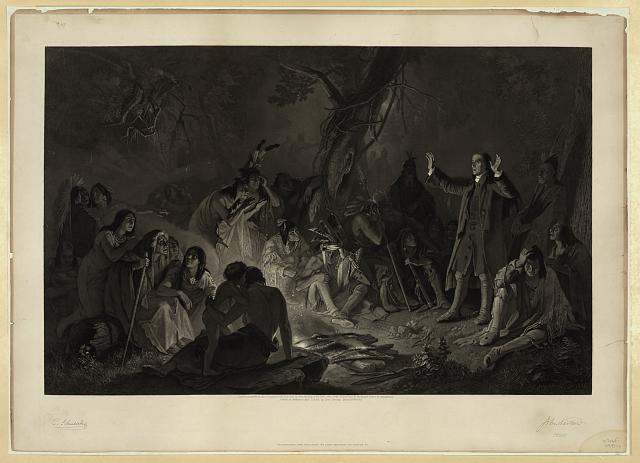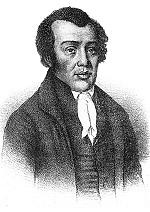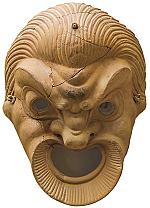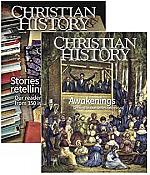Awakenings: questions for reflection

[Zeisberger preaching to the Indians after an 1862 oil painting by Christian Schussele called The power of the Gospel, public domain, Library of Congress LC-DIG-pga-02638 https://loc.gov/pictures/resource/pga.02638/]
In a group or on your own, use these questions to reflect on revival movements from the sixteenth century through the eighteenth century.
1. How do the definitions of “revival” and “renewal“ (p. 4) help you understand the awakenings described in this issue? Do you agree with the definitions provided? Why or why not?
2. In what ways did Puritanism (pp. 6–8) serve as a renewal movement, and how did it interact with the Church of England?
3. What were some of the Catholic reform movements mentioned in “Viva! Viva! Gesù!” (pp. 9–12)? How did they conflict?
4. What most surprised you about the children’s revival (p. 13)? What would it look like if something similar happened today? How would you react to it?
5. Who were some surprising figures associated with the Pietist movement (pp. 14–16)? How did Pietism affect later revival movements?
6. What primary religious movement came out of the revival at Herrnhut (p. 17)? How did it compare to other reform movements?
7. In what surprising ways did the Great Awakeners connect and influence one another (pp. 18–21)?
8. Who were the “New Lights” (pp. 22–25), and how did they interact with established churches? Discuss whether the criticial reactions of the “Old Lights” to their ideas were warranted.
9. What was the impact of the First Great Awakening (pp. 28–29)? Were any of its consequences surprising to you? Why or why not?
10. Compare several of the revival preachers covered on pages 30–32. How were their approaches to revival similar? Different?
11. How do you think audiences received the sermons excerpted on page 33? Were the preachers effective? Why or why not?
12. How was the Second Great Awakening different from the first (pp. 34–37)? In what ways did it change and influence American identity?
13. Was the Second Great Awakening a multicultural spiritual event? Why or why not?
14. Consider the miraculous events reported during the Second Great Awakening (pp. 38–41) and its legacy (pp. 42–44). How do you personally respond to such accounts?
15. Who was the most interesting historical figure profiled in the Gallery (pp. 45–48) and why?
16. Has your understanding of the word “revival” changed after reading this issue? Why or why not?
By the editors
[Christian History originally published this article in Christian History Issue #151 in 2024]
Next articles
Awakenings: Recommended resources
Read more about the Great Awakenings and the renewal movements that preceded and followed them in these resources recommended by our authors and the CH team.
the editorsMore than revival
The Second Great Awakening Christianized a nation from East to West
Thomas S. KiddLetters to the editor: Christianity and theater
Readers respond to Christian History
Readers and the editorsSupport us
Christian History Institute (CHI) is a non-profit Pennsylvania corporation founded in 1982. Your donations support the continuation of this ministry
Donate







